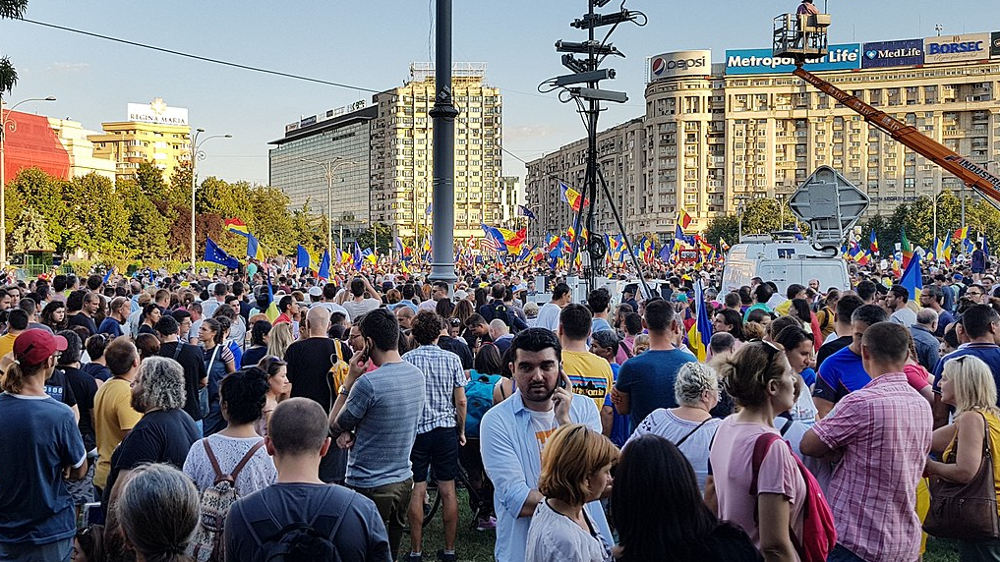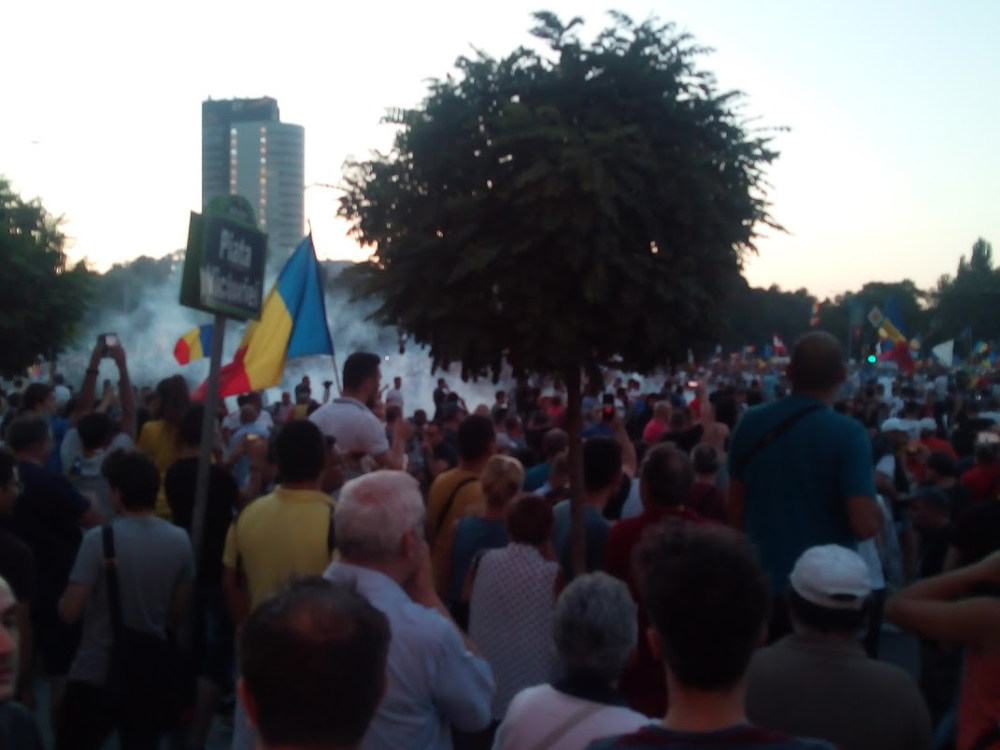BUCHAREST, Romania (ViaNews) – Twenty-eight years have passed since the Romanian Revolution. At the end of 1989. there was a period of violent civil unrest which resulted in the overthrowing of the Communist regime as well as the capture and execution of Nicolae and Elena Ceaușescu. Romanians were steadfast in removing communism from their country back then. Today’s new struggle is against corruption which is allegedly lingering in the political arena, state institutions, and more.
Romanian legislative election, 2016
On 11 December 2016, the parliamentary elections took place and saw the Social Democratic Party (PSD) win majority of seats in parliament. Turnout was about 40%.
In these two years, the PSD and the allied Alliance of Liberals and Democrats (ALDE) have the majority in Parliament and got to choose a government, and they did it 3 times. The first prime minister, Sorin Grindeanu, took office from 4 January to 29 June 2017. Then came the second Government with the new Prime Minister, Mihai Tudose, who held office between 29 June 2017 and 16 January 2018. At the present, the government is headed by Prime Minister Viorica Dăncilă.
This has led to a political and economic instability, civil unrest, while attempts are made to the law in order to fight corruption. PSD-ALDE coalition government bears a no-confidence vote, sparking a potential political crisis.
Romanians take it to the streets
On August 10, 2018, citizens held a protest in Bucharest and other cities across the country against those in power. The protests were organized on Facebook making many Romanians return home to help the country protest against corruption.

The protest began early in the morning, at 10:30 am in front of the government offices. At that time of the morning, there were already dozens of people present. Police forces quickly set a security perimeter around the protest area.
At 4 PM thousands of people were in Victoria Square when the first incident between the police and protesters occurred, two men were detained and taken to the station.
People have tried to block adjacent boulevards in the Square. There were also some clashes with the police who used tear gas to keep them at a safe distance. Every time the protesters approached the Government offices protective fence, the police had to intervene.
Public circulation was closed in Victory Square and boulevards at 5:00 pm due to the high number of protestors. The police used tear gas again, while some protesters accused the police of “defending the thief!”.
At 6 PM several people tried to break the fence and the police used tear gas and water cannon.

At 8 PM several protesters throw various objects against the police which use gas and cannon water to disperse the protesters.
The incidents continue and the number of protesters in the Square eventually reaches about 100,000 people.
At 10 PM, Victory Square was full of tear gas, water, and the noises of the police armament including gas grenades at distances up to 50 meters, which managed to hit women, children, and elders who were protesting peacefully.
The police announced they will use force to restore order. That resulted in the dispersion of protesters in Victory Square. With it, some peaceful protesters with raised hands, journalists, and tourists were injured. Rvrn though the situation was tense and people were panicking, many citizens remained in the streets until the early hours of the morning.
Following the incidents on the evening of August 10, the Military Prosecutor’s Office opened an investigation to establish the legality of Gendarmerie intervention in the Square. According to the Mobile Emergency, Reanimation Service (SMURD), the total number of injured people was 452. About 200 complaints were filed against the police, as reported by the Military Prosecutor’s Office.
At 11:37 pm, President of Romania, Klaus Iohannis, posted on Facebook the following: “A genuine democracy allows every man the right to protest, but violence is not acceptable and regardless of political options. I strongly condemn the brutal intervention of the Police, disproportionate to the manifestations of most people in the Victoria market. Trying to defeat the people’s will through a violent reaction from the law enforcement is a reprehensible solution. The Interior Minister must urgently give explanations for how he managed the events of this evening!”






